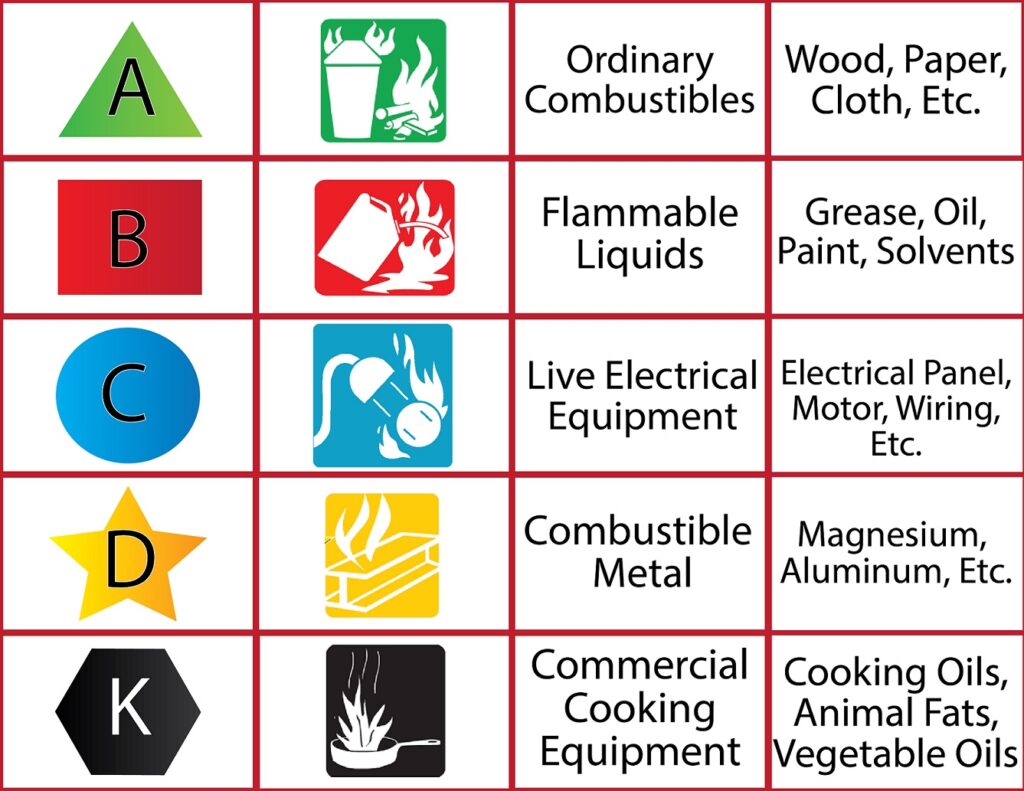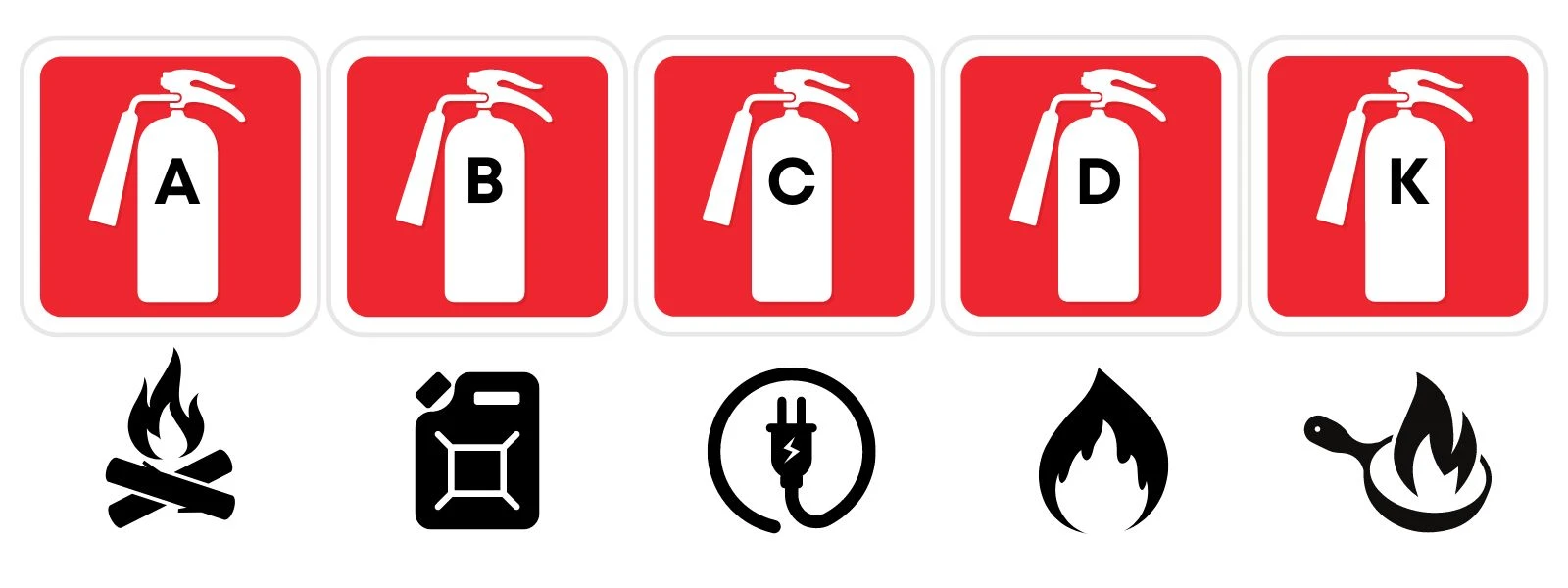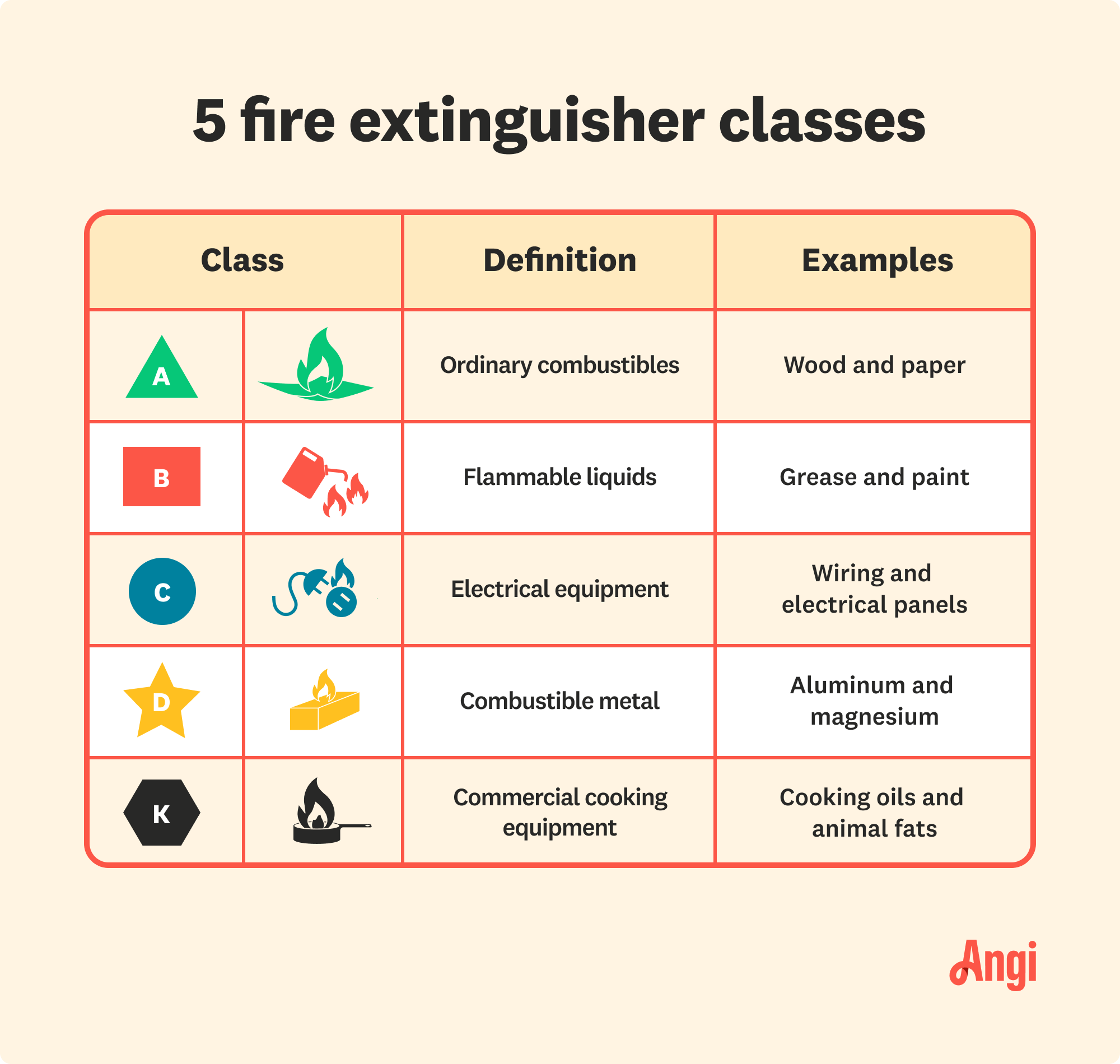You see, when it comes to fire extinguishers, there’s all these letters on ‘em. Now, today, we’re talkin’ about that letter “B” ya might spot right on there. It’s a right important one, mind ya! That “B” on a fire extinguisher tells ya it’s made for putting out what they call “flammable liquid” fires. Now, don’t let that fancy word fool ya – flammable liquids are just things like gasoline, oil, grease, kerosene – stuff that catches fire fast and is mighty hard to put out if you don’t got the right thing for it.
Now, let me put it this way: you don’t wanna be using a water-based fire extinguisher on these kinds of fires, nosiree! Throwin’ water on a fire with oil or gas only makes it worse. That’s where the Class B extinguisher comes in handy. See, it don’t fight fire with water, but instead it smothers the flames or takes away the stuff that makes the fire burn. Some of these extinguishers got chemicals, and some got stuff like CO2 (that’s carbon dioxide, but don’t worry about the name much).

What Kinds of Fires Does a “B” Handle?
Class B, like I said, is for them liquid fires. Now, imagine ya got a grease fire in your kitchen – that’s one of ‘em! Or maybe ya spilled some gasoline in the garage and it caught a spark. Class B extinguishers got you covered in both those cases. They’re also good for any fire that involves alcohol or even paint thinner, which burns fierce. Just remember, it’s all about flammable liquids – if it’s wet and burns, this “B” fire extinguisher is what you want.
How Does a Class B Fire Extinguisher Work?
Now, don’t go thinkin’ you gotta understand all the science. Let me make it simple. A lot of these Class B extinguishers are either foam or CO2. The foam kind – it’s real clever – it smothers the fire, keeps the air from getting to it, ‘cause fires need air to keep on burnin’. Now, CO2 extinguishers do about the same thing, but instead of foam, they blast out carbon dioxide gas, which cools the fire down and pushes out the air around it, so the fire goes out right quick.
Then there’s powder extinguishers, which are good on Class B fires, too. This powder – it’s a special kind – stops the chemical reaction in the fire. Stops it right in its tracks, see. That’s why, for oil or gas fires, these types of extinguishers are top-notch.
What the “B” Rating Means

Not only does that “B” tell ya it’s for flammable liquids, but sometimes there’s a number along with it. That number, believe it or not, tells ya how much fire it can handle. Higher the number, bigger the fire it can put out – more square feet, ya see. So, if ya see a B-1 or B-2 on there, it’s lettin’ ya know what size fire it can handle.
Why It’s Important to Know Your Letters
Now, don’t just go grabbin’ any fire extinguisher without checkin’ that letter on it. A “B” extinguisher is for liquid fires, but there’s also “A” for wood and paper, “C” for electrical stuff, and so on. Grabbin’ the wrong one can make things worse. Like I said, if you put water on a grease fire – well, that fire’s gonna jump right up. So, make sure ya read that label and grab the right tool for the job.
Some Places You Might Need a Class B Extinguisher
- In the kitchen: Grease fires on the stove can happen in a heartbeat.
- Garage or shed: Got gasoline, kerosene, or oil stored? Better have a Class B nearby.
- Workshop: Paint thinners and other liquids can spark up in no time.
Quick Tips for Using a Class B Extinguisher
Alright, now if ya ever find yourself needin’ to use one of these, remember the word “PASS.” That stands for Pull, Aim, Squeeze, and Sweep:

- Pull the pin to get it ready.
- Aim low, at the base of the fire, ‘cause that’s where ya gotta stop it.
- Squeeze the handle, so the stuff inside comes out.
- Sweep side to side across the fire until it goes out.
If you remember that, you’ll be better prepared if the time ever comes.
In Summary
So, that letter “B” on a fire extinguisher? It’s mighty important. It means that extinguisher is for flammable liquids like oil, gas, and grease – stuff that water won’t work on. With a Class B extinguisher, ya can handle small fires in the kitchen, garage, or workshop, where those liquids might cause trouble. And don’t forget to check the number with the “B” for the size of fire it can handle, and remember how to use it right with that PASS method.
So, next time ya see that letter “B,” you’ll know just what it means and when to use it!
Tags:[fire extinguisher, Class B, flammable liquid fires, grease fire, gasoline fire, kitchen safety, PASS method]